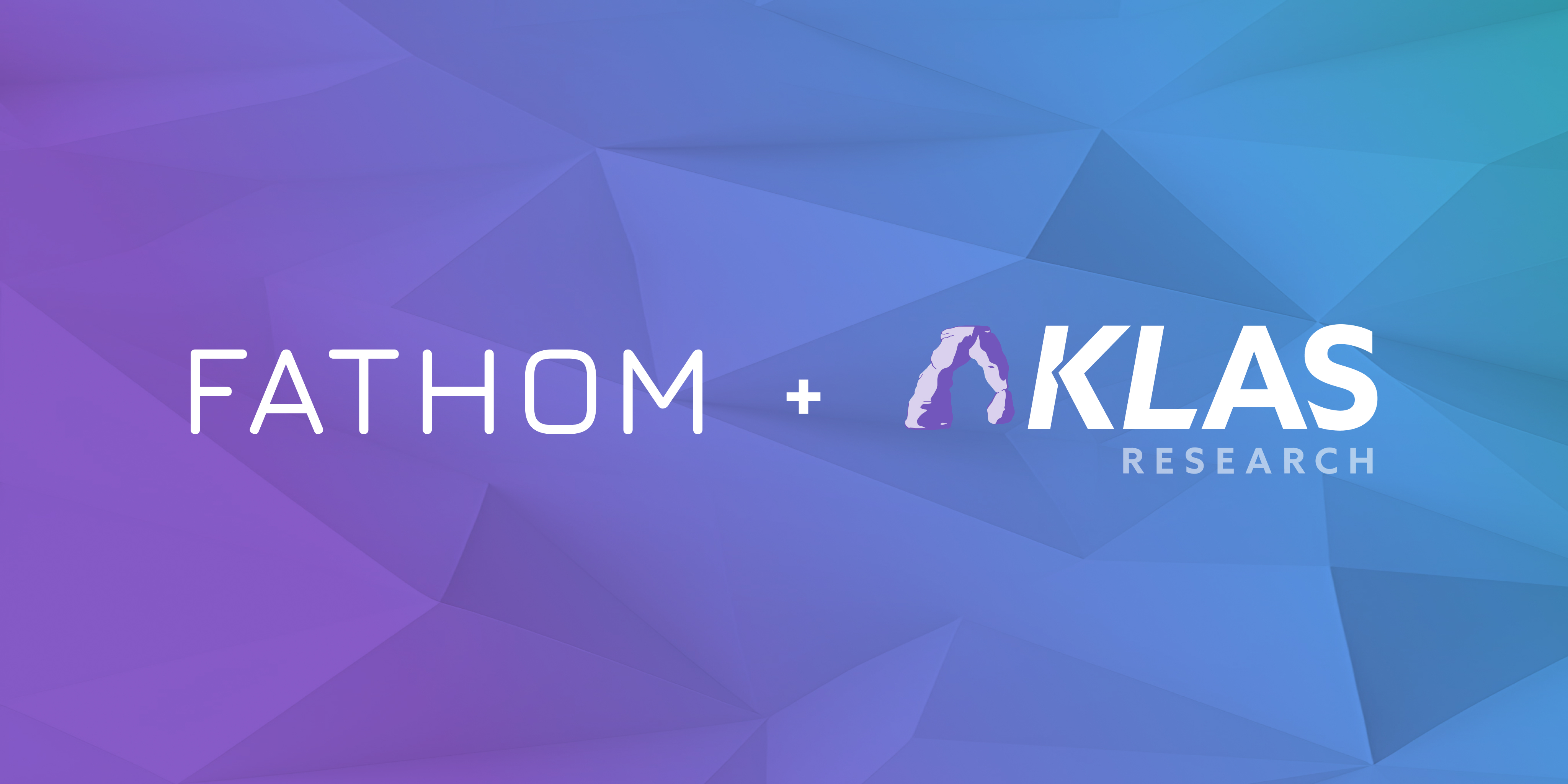Becker's RCM 2024: Fathom panel on autonomous coding

At Becker's 9th Annual Health IT + Digital Health + RCM Meeting in Chicago (Oct. 1-4, 2024), Fathom hosted a session with Dr. Yogin Patel, CEO of ApolloMD, an early adopter of autonomous coding. This recap synthesizes key takeaways and actionable advice from the discussion.
Key takeaways
1. Pursue a "north star" of high coding quality, accuracy, and consistency to motivate change while strengthening enterprise-wide compliance.
2. Ensure your autonomous coding vendor commits to high automation and accuracy rates through service-level agreements (SLAs) to guarantee ROI.
3. Consider the full financial impact of current coding practices, including physician time spent on coding and potential revenue loss from errors and delays
Summary
1. Case for change
Balancing priorities in a complex landscape. Provider organizations face increasing pressure to improve both revenue cycle management (RCM) and clinician satisfaction with fewer resources. Autonomous coding offers a way to address these challenges simultaneously and frees up resources for reinvestment or savings.
Redefining the coding paradigm. The transition from manual coding to fully autonomous coding with AI represents a significant transformation in RCM. As part of this shift, leaders need to grow from "managing people" to "managing software," which requires new skills and perspectives. Autonomous coding presents a tangible, high-impact opportunity for leaders to embark on this journey of successfully bringing AI into RCM.
The pitfalls of traditional and offshore coding. RCM is grappling with high turnover in medical coding staff, performance variability, and inadequate education. These issues are particularly acute with offshore coding, which presents additional challenges such as lack of transparency, time lags, and vulnerability to disruptions, exposing organizations to increased risk and impacting revenue cycles. To bridge the coding shortage, physicians are frequently asked to take on coding duties, harming their productivity and contributing to burnout.
Growing without compromising performance. Many providers forecast significant expansion, but recruiting and maintaining staff to support this growth can be difficult or costly. Autonomous coding, however, scales coding capacity at high quality and consistency without increasing headcount. Every hour saved in coding is an opportunity to catch and correct errors, enhancing accuracy and accelerating the entire revenue cycle process.
2. Project expectations
Coding quality as "north star." As key evaluation criteria, "high accuracy, sustainability, and impeccable quality" guided decision-making toward a high-fidelity technology. This emphasis on quality is consistent with many provider organizations' missions.
Building confidence through at-scale validation. For new deployments, running a month's worth of recent encounters (not merely a small sample!) through the autonomous coding system and comparing results with the existing coding solution provides concrete evidence of the AI's performance, building confidence for go-live.
Elevating coders' remit. As autonomous coding handles the vast majority of encounters it unlocks the bandwidth for medical coders to work at the top of their license on more complex cases. This shift helps to create new career opportunities and increase job satisfaction.
High and continuously improving automation. While expecting 90%+ automation rates on day one, organizations should plan for autonomous coding to learn and improve over time, steadily increasing automation rates. This ongoing enhancement means that more complex cases will be autonomously coded as the system evolves, further reducing manual workload and improving ROI.
3. ROI and operational impact
High automation and accuracy. ApolloMD reported that 90.3% of encounters are now fully automated across locations. The organization found 98.1% E/M accuracy in routine audits, an 86% reduction in coding errors, and a 98.5% reduction in turnaround times.
Reinvesting for quality and education. The money saved from AI coding allowed ApolloMD to reinvest in a robust audit program, enhancing overall coding quality and compliance.
Rapid adoption of new guidelines. With Fathom, ApolloMD incorporated the 2023 E/M guideline changes within days, while manual vendors took months to gain proficiency. This swift adoption ensured clinicians began documenting correctly and getting properly reimbursed for their work, minimizing inadvertent drops in relative value units (RVUs) and provider attribution errors. By quickly incorporating organization-specific and payer-specific coding rules, AI also empowers providers to maintain uniform compliance across specialties and diverse reimbursement mechanisms.
Ongoing expansion. The industry is moving toward nearly 100% autonomous coding with superhuman accuracy levels. This expansion is set to cover all high-volume outpatient specialties, risk adjustment (RA) coding, and even inpatient facility coding in the coming year.
4. Clinician, patient, and administrator experience
Lightened load on clinicians. By fully automating the coding process and providing rapid, accurate results, autonomous coding significantly reduces the administrative load on clinicians. This allows them to focus more on patient care, alleviating burnout and increasing retention rates. At the same time, heightened coding accuracy ensures that patient records more accurately reflect their health status and care received.
Enhanced clinician education and performance. The enhanced feedback loop fosters more effective and timely clinician education. The quick turnaround allows for immediate identification of areas for improvement and the ability to catch mistakes, such as insufficient documentation for the level of service billed, or failure to capture all relevant diagnoses that support the patient's risk adjustment factor (RAF).
Reduced cybersecurity risks. Data security is essential for clinicians, patients, and administrators alike. At a basic level, more users = more entry points. Closed-loop AI systems, such as autonomous coding, reduce exposure risks relative to large manual platforms in which hundreds of users have access credentials that could get exploited.
Real-life impact

If you'd like to learn more about Fathom, schedule a meeting here.
Related Posts
Stay up to date
Get the latest in industry news and insights delivered straight to your inbox.







